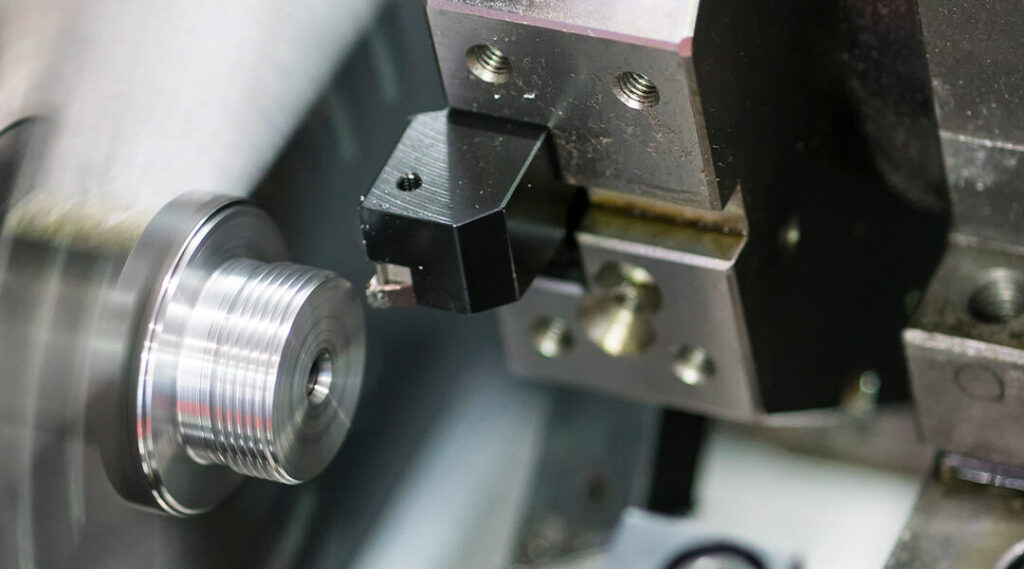Important Aerospace Component Manufacturing Processes In 2024: In the rapidly advancing landscape of aerospace technology, the year 2024 brings forth a suite of cutting-edge manufacturing processes that are set to redefine the production of crucial aerospace components.
Let’s delve into the key methodologies shaping the future of aerospace manufacturing.

- Additive Manufacturing Revolutionizing Precision Parts: The advent of 3D printing technology is revolutionizing the production of aerospace components. This method, also known as additive manufacturing, enables the creation of intricate and precisely designed parts layer by layer. Not only does this enhance the overall efficiency of the manufacturing process, but it also allows for the production of lighter yet robust components, contributing to fuel efficiency in aircraft.
- Smart Machining for Enhanced Precision: Smart machining, incorporating advanced computer-controlled tools, is gaining prominence in aerospace component manufacturing. This technique ensures unparalleled precision, reducing errors and optimizing the use of materials. The implementation of Artificial Intelligence (AI) and machine learning algorithms further refines machining processes, resulting in components with superior quality and reliability.
- Composite Material Fabrication for Lightweight Structures: The aerospace industry is increasingly turning to composite materials for the fabrication of lightweight yet durable components. Composites, such as carbon fiber-reinforced polymers, offer a remarkable strength-to-weight ratio. Utilizing these materials in manufacturing leads to fuel-efficient aircraft and improved overall performance.
- Precision Casting for Complex Structures: Precision casting techniques play a pivotal role in creating complex and intricate aerospace components. This method involves pouring molten metal into detailed molds, ensuring the formation of precise shapes. The result is components with intricate geometries and high structural integrity, meeting the demanding standards of modern aerospace engineering.
- Robotic Assembly Lines Enhancing Efficiency: The integration of robotics in aerospace manufacturing is streamlining assembly processes. Automated assembly lines, guided by sophisticated robotic systems, enhance efficiency and accuracy in building intricate components. This not only reduces production time but also minimizes the margin of error, contributing to the overall safety and reliability of aerospace systems.
- Digital Twin Technology for Real-Time Monitoring: The adoption of digital twin technology is transforming the way aerospace components are monitored during and after manufacturing. A digital twin is a virtual replica of a physical object, allowing for real-time analysis and monitoring. This technology ensures the early detection of potential issues, leading to proactive maintenance and improved overall reliability of aerospace systems.
In conclusion, the aerospace industry in 2024 is witnessing a paradigm shift in manufacturing processes.
From the precision of additive manufacturing to the efficiency of smart machining and the utilization of advanced materials, these techniques collectively define the future of aerospace component manufacturing, paving the way for safer, more fuel-efficient, and technologically advanced aircraft.
As the aerospace industry continues to innovate and become more efficient, it is important to understand what component manufacturing processes will be necessary for successful aircraft construction in the year 2024. This article will discuss the most important trends and technologies that will shape the Aerospace Component Manufacturing (ACM) processes of the future.
One of the most important advances in Aerospace Component Manufacturing for 2024 is the move towards additive manufacturing processes. This advanced production method involves using a laser or similar technology to layer melted material to form 3D components. This type of production methodology is both highly cost-efficient and offers the potential to create complex geometries that can be fitted into airplanes and other components with more precision and ease.
Another major focus for ACM in 2024 is the use of composites materials. These materials offer superior strength and flexibility compared to metal, making them ideal for use in light-weight aircraft construction. Composite materials can also withstand the extreme conditions of flying in the atmosphere, which makes them an attractive option for ACM. For this reason, it is likely that composite materials will continue to increase in popularity for ACM over the next few years.
In addition to these two processes, it is likely that 2024 will see the rise of automation in ACM. Automated production processes have become commonplace in many industries and can make components with greater speed and accuracy than manual processes. Automated systems are expected to greatly reduce waste and latency in the manufacturing process, leading to improved efficiency and cost savings for aerospace companies.
Finally, the last important trend that will shape the ACM of 2024 is the increasing use of digital technology in the manufacturing process. With the advent of 3D printing and computer-aided design, engineers are now able to create more precise components. This increased accuracy and flexibility is expected to be a major benefit to ACM in the coming years, as it will allow for faster implementation of new designs and complex geometries.
In conclusion, Aerospace Component Manufacturing is expected to see several major advances in 2024. These advances include the rise of additive manufacturing, the increased use of composite materials, the introduction of automated production processes, and the increased utilization of digital technology. These advancements will lead to improved efficiency and cost savings for the aerospace industry and will ensure that aircrafts of the future are constructed with the highest quality components.
